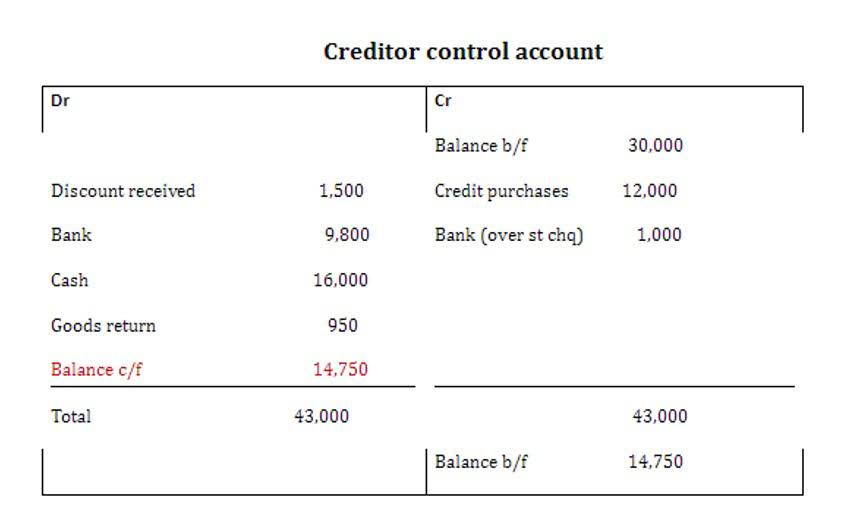What Is Cash Short and Over in Accounting?

He has worked as an accountant and consultant for more than 25 years and has built financial models for all types of industries. He has been the CFO or controller of both small and medium sized companies and has run small businesses of his own. He has been a manager and an auditor with Deloitte, a big 4 accountancy firm, and holds a degree from Loughborough University. For example, at the end of the month, the receptionist of the company ABC needs to request reimbursement to refill the petty cash fund of $100.

Impact on Financial Statements

Over and short—often called “cash over short”—is an accounting term that signals a discrepancy cash short and over between a company’s reported figures (from its sales records or receipts) and its audited figures. The term also is the name of an account in a company’s general ledger—the cash-over-short account. In conclusion, this section provides a thorough examination of cash over short in relation to other essential accounting concepts. Understanding the impact of cash over short discrepancies is crucial for investors looking into retail businesses, as this accounting concept can significantly influence a firm’s financial records.
Is Cash Short and Over an Expense? A Full Explanation

The term “cash over short” refers to the difference, often small, between the actual cash handled by an employee and the amount recorded in the https://songskriti.com/how-bills-become-laws-in-the-us-congress/ company’s financial statements. In accounting jargon, this represents a variation between the sales price of merchandise or services as documented against the amount collected from customers or clients. It is essential to acknowledge that this term primarily applies to businesses dealing extensively with cash transactions, such as retail outlets and banking institutions.
- This expense is treated as a miscellaneous expense and presented in the income statement as a general and administrative expense section.
- Learn how to identify, manage, and prevent cash discrepancies for better financial control.
- He finds that the box contains $45 of cash and $135 of receipts, which totals only $180.
- A cash over and short situation can be just as impactful on banking institutions as in retail businesses.
- This classification helps in identifying whether these discrepancies are one-off incidents or part of a recurring pattern.
- The cash overage/shortage account is an expense account in the income statement of the business.
Classifying Cash Short and Over

Discrepancies between these figures are indicative of an overage or shortage. To streamline this process, businesses often employ specialized accounting software that can flag inconsistencies as they occur, allowing for timely investigation. Lastly, reconciliation refers to the process of comparing two sets of financial records from different sources to ensure their accuracy and consistency. This process can be applied to various aspects, such as bank reconciliations or reconciling Airbnb Accounting and Bookkeeping accounts payable and accounts receivable. Cash over short is a result of reconciliation when discrepancies arise between the reported cash sales in an organization’s accounting system and the physical cash on hand.
Presentation of the Cash Over and Short Account
In addition to large amounts, be on the lookout for patterns of of loss, often small amounts, over an extended period of time. If there are multiple staff members going in the same till it will be impossible to determine who is responsible for the shortage (or overage) at the end of the day. It of course makes it easier for someone to steal, too, because they are less likely to get caught. In this case, when we replenish the petty cash, we just need to refill $77 ($100 – $23) as we still have $23 remaining in petty cash.
- It’s essential for internal control purposes, enabling companies to identify the source of any variances in cash levels and implement corrective actions if necessary.
- During the day sales of 1,500 are entered into the register, and a cash count at the end of the day shows cash of 1,588 as summarized below.
- Common reasons for these variances include human errors, such as giving incorrect change, miscounting cash during a transaction, or mistakes made while recording sales totals.
- At the end of a shift or business day, employees count the physical cash in the drawer.
- It impacts businesses by affecting financial accuracy and trust, necessitating regular reconciliation to maintain integrity.
- Operationally, investigating variances consumes valuable time and resources.

